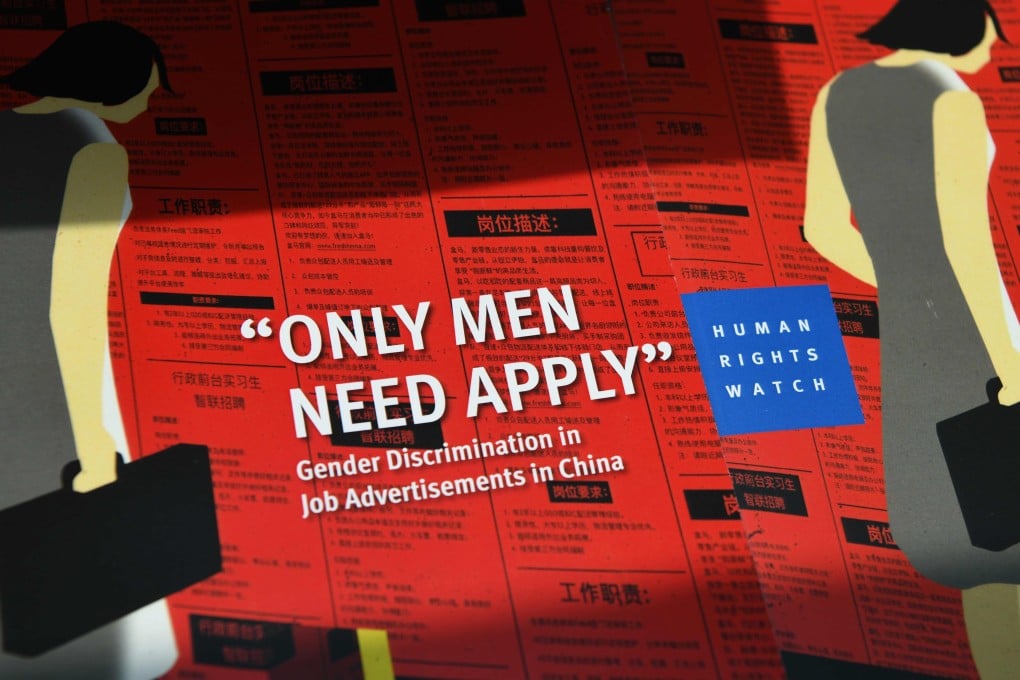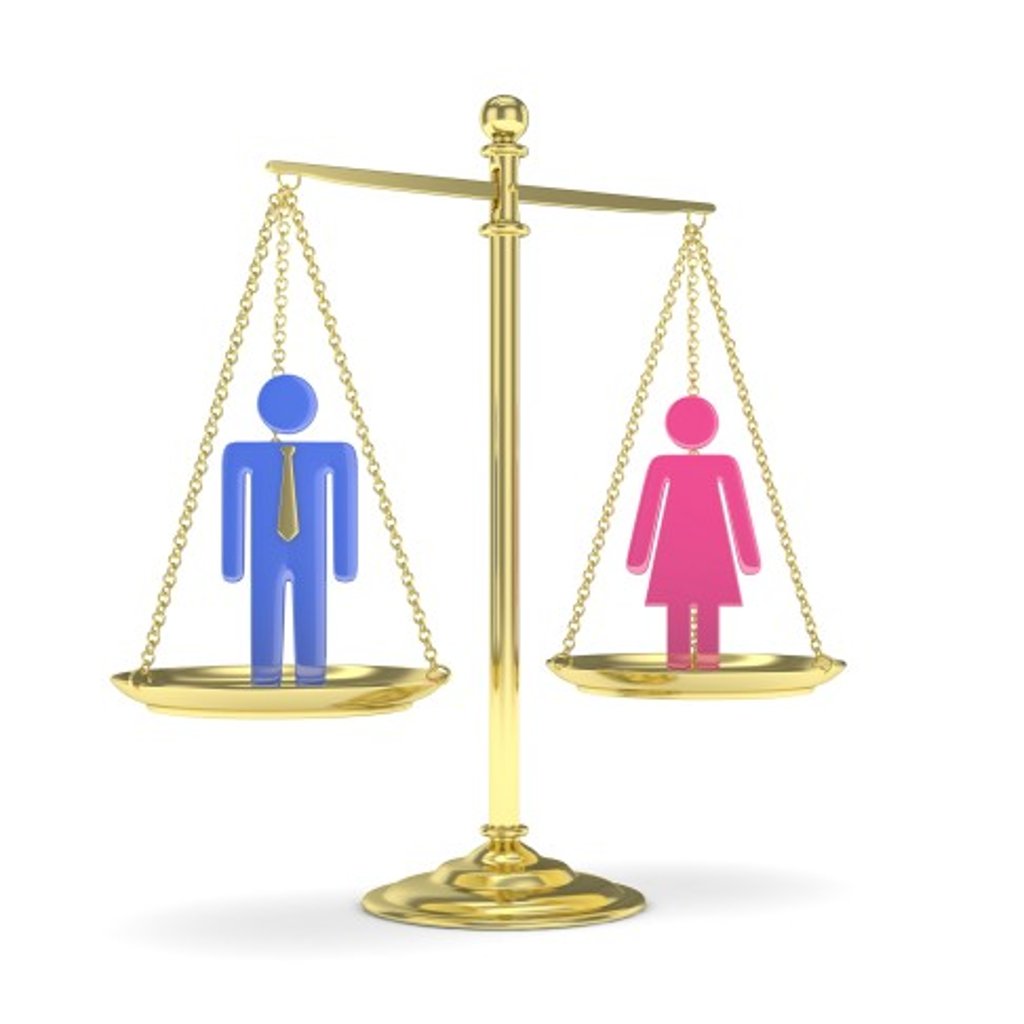
It is almost obligatory for any debate about gender equality in China to kick off with Mao Zedong’s dictum that “Women hold up half the sky”. At the time, it may have struck the right note, an exhortation for its era and, perhaps too, an oblique reminder that the country’s constitution guarantees women “equal rights with men in all spheres of life”.
But in this day and age, such broad generalisations can’t just be taken at face value. The past few decades have been a period of fast-paced economic reform and unprecedented social change. And while that has brought significant gains in everything from literacy rates and life expectancy, to average incomes and employment, the fact remains that, by international standards, overall progress for women in China has not matched that seen in the rest of the world.
For instance, according to data from the World Economic Forum’s (WEF) gender gap index, China’s ranking fell from 63 out of 115 countries in 2006 to 100th out of 144 in 2017. The index measures gender parity – not overall achievement – using four criteria: economic achievement, health, education, and political empowerment.
Other surveys may confirm that China’s rapid modernisation has led to a marked improvement in general living standards and opportunities. But the WEF study leaves little doubt that the process has seen uneven gains between men and women, with pronounced salary gaps and imbalanced political representation being two of the issues most obviously hindering true gender equality.
These concerns, along with the steps needed to address them and help women break the ‘glass ceiling’ in specific areas, will be under the microscope at the upcoming China Conference, which takes place on February 21 at the JW Marriott Hong Kong.

The full-day event, which is organised by the South China Morning Post, will give high-profile figures from government, academia and business the chance to discuss the current challenges, analyse possible solutions, and point the way forward.
